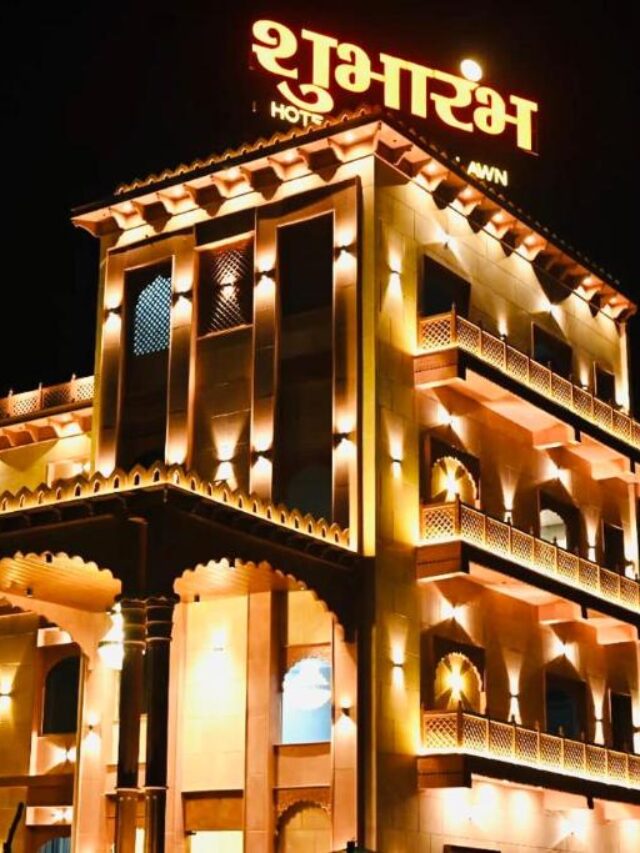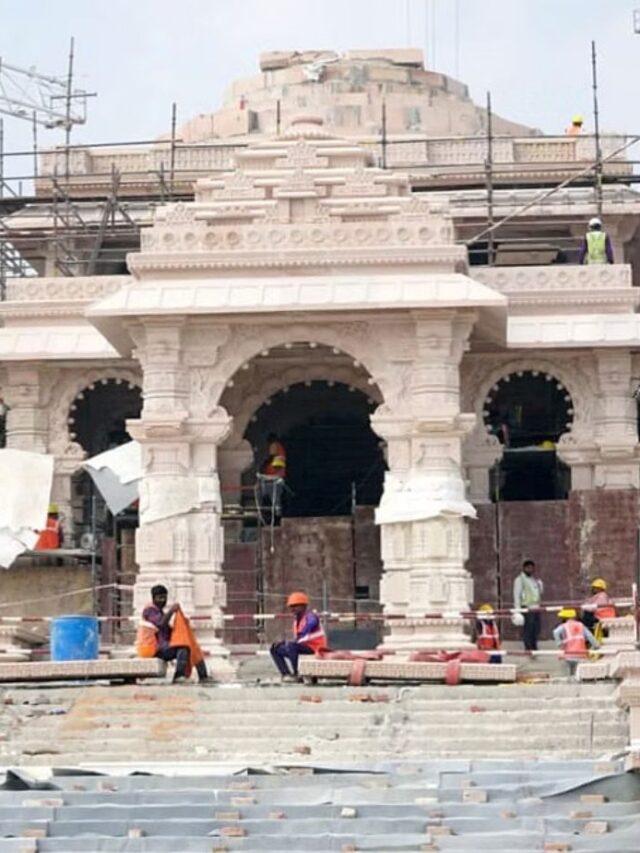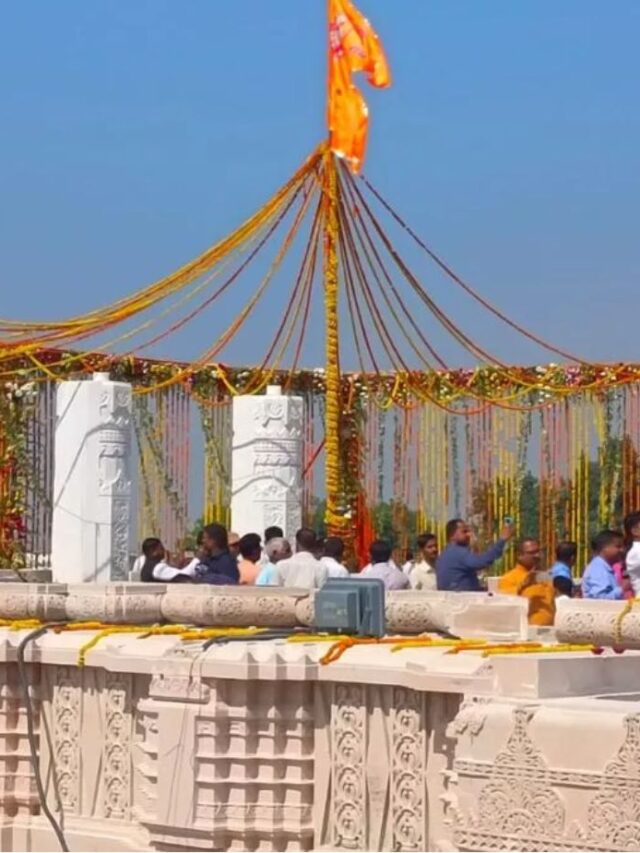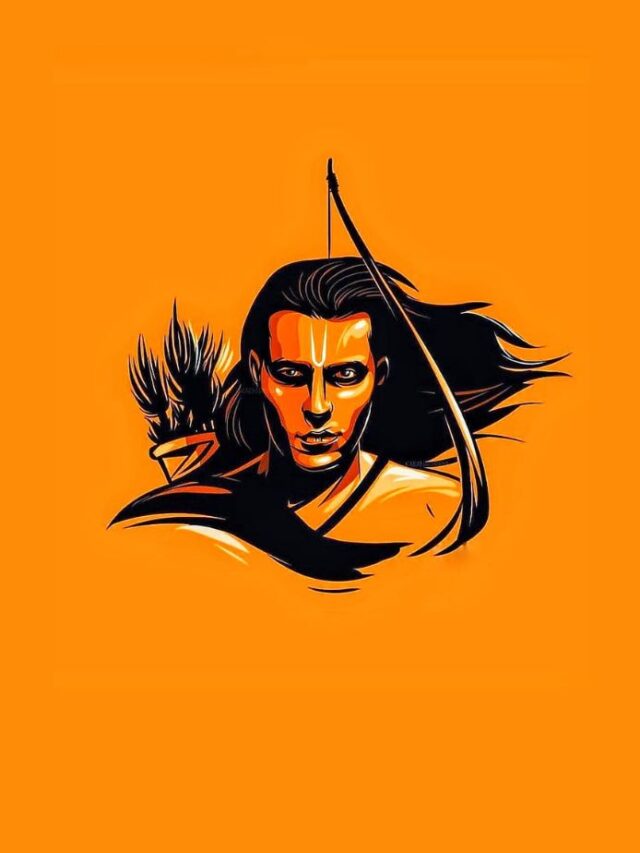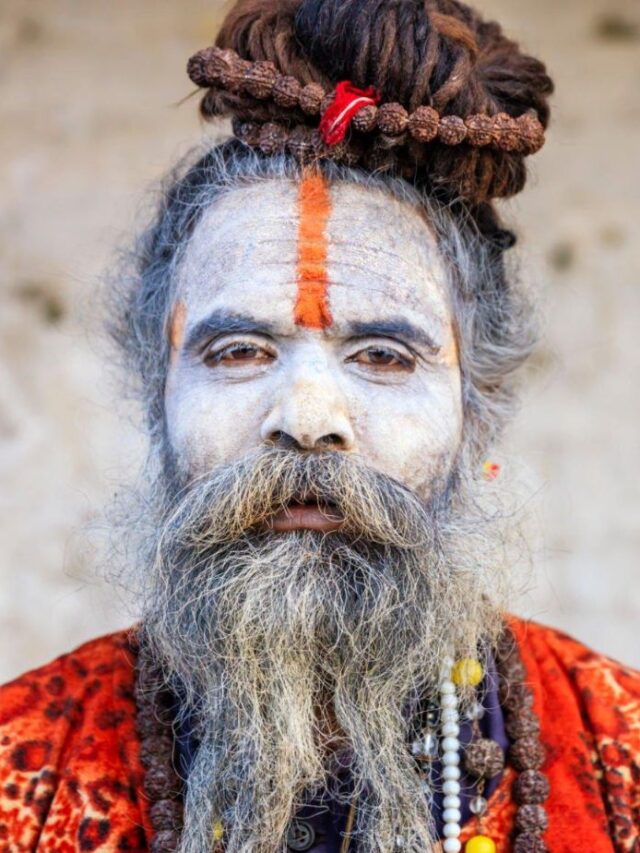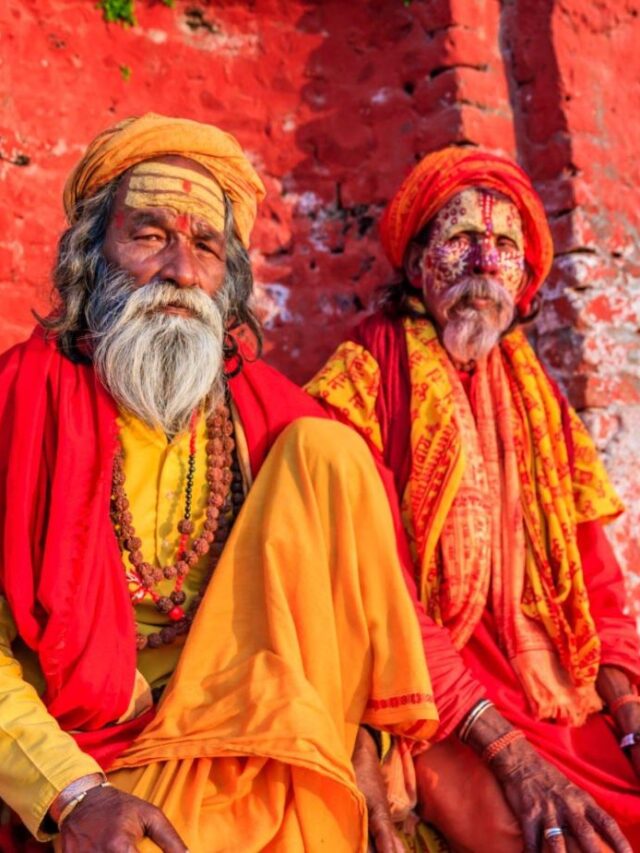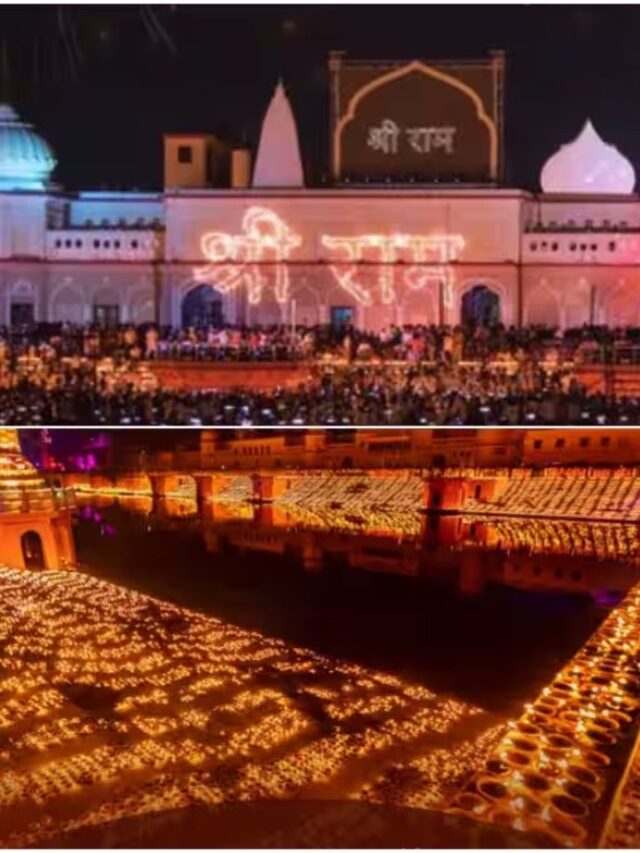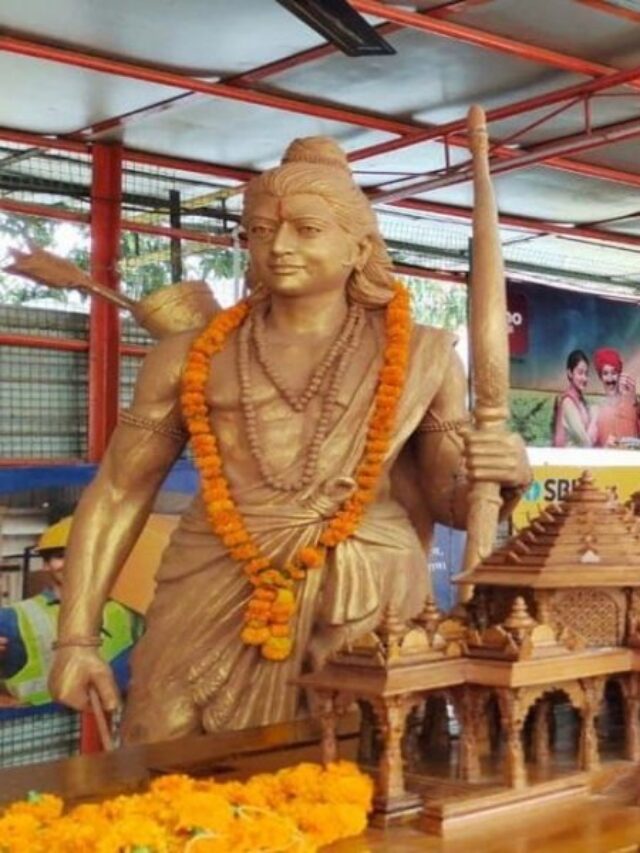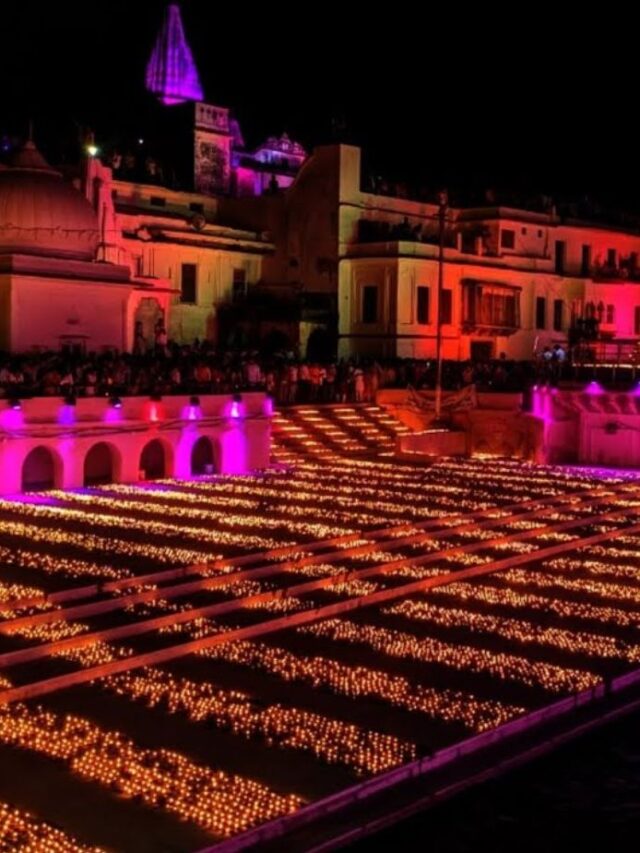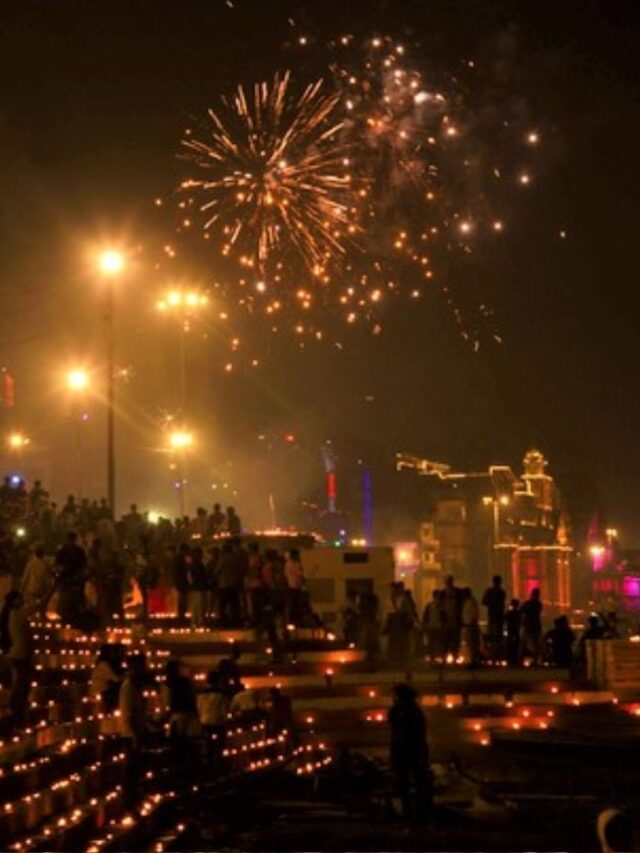The timeless epic of Ramayana has woven a tapestry of stories, characters, and moral dilemmas that continue to captivate hearts and minds across generations. Among its most enigmatic figures stands Ravan, the ten-headed demon king of Lanka. Revered by some and reviled by others, Ravan’s character is a complex interplay of good and evil. In this article, we embark on a journey to understand the multifaceted persona of Ravan from the Ramayana, exploring both his virtuous aspects and the darker shades that earned him notoriety.
I. Ravan: The Scholar and Devotee
To comprehend Ravan’s character, we must first acknowledge his immense knowledge and spiritual prowess. Ravan was an erudite scholar, a master of the Vedas, and an accomplished musician. He was the creator of the Rudra Veena, an intricate musical instrument that remains revered to this day. His dedication to Lord Shiva, whom he ardently worshiped, showcased a deep vein of devotion within him.
 Read more – The Timeless Significance of Geeta Press Gorakhpur in Sanatan Dharma
Read more – The Timeless Significance of Geeta Press Gorakhpur in Sanatan Dharma
- The Devotee of Shiva: Ravan’s unwavering devotion to Lord Shiva is one of his redeeming qualities. He performed severe penances and even went to the extent of offering his ten heads to the deity as a mark of his devotion.
- Scholarly Prowess: Ravan’s knowledge encompassed various fields, from politics and warfare to music and spirituality. His wisdom was unmatched and often sought after by scholars and sages.
II. Ravan: The Ambitious King
However, Ravan’s virtuous attributes are overshadowed by his ambition and thirst for power. His relentless pursuit of his desires led to his association with darker forces.
- Abduction of Sita: Ravan’s most infamous act was the kidnapping of Sita, Lord Rama’s wife. His obsession with her beauty and his audacity in taking her to Lanka set the stage for the great war.
Read more – Exploring Ayodhya from Patna – A Spiritual and Historical Journey
- Conquest of Deities: Ravan’s desire for supremacy extended to his conquest of celestial beings, including Indra, the king of gods. His arrogance knew no bounds as he sought to dominate both heaven and earth.
III. Ravan: The Just Ruler and Benevolent Brother
Contrary to popular belief, Ravan’s reign in Lanka was not entirely marked by tyranny. He was known to be a just ruler who upheld dharma within his kingdom.

Read more – The Cost of Building the Ram Mandir in Ayodhya: What Makes It So Expensive?
- Protection of His Kingdom: Under Ravan’s rule, Lanka flourished. He ensured the safety and prosperity of his subjects, demonstrating his commitment to their welfare.
- Loyal to His Family: Ravan’s complex relationships with his family members highlight his humanity. His love and loyalty towards his brothers, particularly Vibhishana, showcase a softer side to his character.
Read more – Discovering Ayodhya from Mumbai: A Spiritual Sojourn
IV. Ravan: The Symbol of Hubris
The downfall of Ravan is primarily attributed to his unchecked ego and pride, which clouded his judgment and led to his eventual demise.
- Refusal to Surrender Sita: Despite knowing the consequences, Ravan’s arrogance prevented him from returning Sita to Lord Rama, which ultimately led to the epic battle in Lanka.
- Defiance of Advice: Ravan’s refusal to heed the counsel of his well-wishing advisors, including Vibhishana, further highlights his hubris.
Read more – Ayodhya News: Now going from Mumbai to Ayodhya is easy, Railway Ministry’s big decision
Conclusion
In delving into the enigmatic character of Ravan of Ramayana, we uncover a complex tapestry of virtues and vices. Ravan, a symbol of intellect and power, was also marred by arrogance and ego. To truly understand him, we must navigate the intricate nuances of his character, appreciating his knowledge while condemning his cruelty. The tale of Ravan teaches us that even in the most formidable individuals, shades of both good and evil coexist. Thus, the Ravan of Ramayana remains an eternal enigma, reflecting the duality inherent in every human soul.
Read more – Goganavami Special: A Glimpse into Gogamedi Mandir and the Vibrant Festival of Hanumangarh

